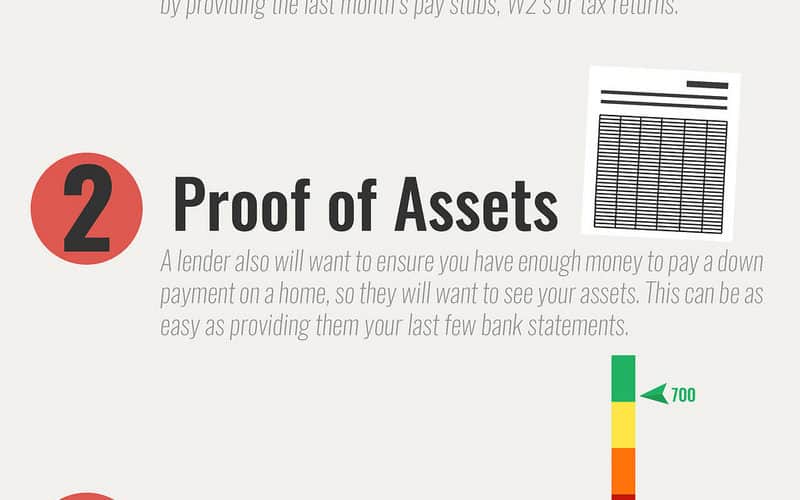Getting pre-approval for a home mortgage prior to home shopping is a smart move.
What is mortgage pre-approval?
In getting a mortgage, two general areas are taken into consideration. First of all is the buyer’s financial picture. Second is the property and its value. When you obtain a pre-approval for a mortgage you are going through the first part of that process, by providing the lender with your financial information and allowing a credit report and verification of your financial information to take place prior to submitting a bid on a property. Pre-approval is more thorough than simple mortgage pre-qualification, since for pre-qualification no verification of any of the information you give is needed, while a pre-approval will verify your financial information via your credit report and other ways.
What are the advantages of obtaining a mortgage pre-approval?
- When shopping for a home, you’ll know that you are being shown homes that you can actually afford to purchase.
- When you’re ready to make an offer, having a pre-approval letter from a home lender will show a seller that you are a serious and qualified buyer.
- Since you are pre-approved a good portion of the loan processing has already been completed, which may allow for a quicker closing.
The bargaining power that a mortgage pre-approval will give you is well worth the effort. How do you get pre-approved for a mortgage? Here are the steps you need to take to get a mortgage pre-approval.
- Obtain referrals for different mortgage lenders. Your friends and family, your realtor and your real estate attorney are all good sources of referrals for reputable mortgage lenders. Realtors and real estate attorneys will especially know which local lenders have a reputation for getting the job done without last-minute headaches.
- Choose your lender after doing your due diligence and assuring yourself this is an organization you can work with, and that their mortgage rates are competitive.
- Start the application process. Depending on the type of loan, your credit score, and the amount of the down payment, the lender will need different information about your finances. Some of the information they may ask for will include your gross monthly income, your employment, your assets, your total monthly debt service and details about those monthly payments, your down payment amount and its source and how you will pay for closing costs. You will also, at this time, give the lender permission to order a complete credit report.
- Discuss the pre-approval terms with your lender. Once the lender has assessed your debt-to-income ratio, your credit score and your assets, the lender will offer you a pre-approval for a loan amount for a fixed period of time. If you have not located a house within that period, you will need to renew your pre-approval. Once you’ve been pre-approved, you’ll be able to obtain a pre-approval letter from your lender to submit with your purchase offer.
A pre-approval does not ensure that the loan will be approved, since the property appraisal and termite inspection results, and possibly other inspections such as well and septic will figure into the final approval process. The mortgage commitment is also usually contingent upon obtaining homeowner’s insurance, which may involve a property inspection by your insurance agent. There may also be other requirements for a mortgage that are specified by your local municipality, such as a certificate of occupancy. So though the mortgage pre-approval assures the seller that you can live up to the financial side of the deal, it does not guarantee that you will obtain a mortgage on any property you choose.



